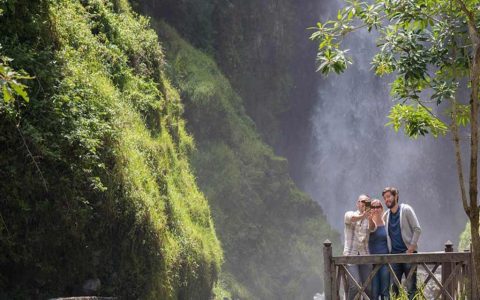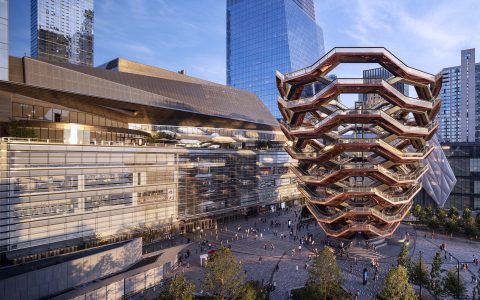Ecuador's architectural landscape mirrors its geographic diversity and rich history. Explore effectively with these targeted strategies:
Focus on Geographic & Historical Zones
Understand distinct regional styles and historical periods:
- Andean Colonial Core (Quito & Cuenca): UNESCO World Heritage Sites famed for their massive, ornate Spanish colonial churches, monasteries (San Francisco, Santo Domingo), and convents cloistered around plazas. Observe Baroque and Mannerist facades, intricately carved wooden retablos (altarpieces), and vast interior courtyards. Wander historic centers with tightly packed houses featuring wrought-iron balconies and interior patios.
- Coastal Vernacular & Republican (Guayaquil, Manabí): Experience the unique "Casa del Montuvio" (wooden stilt houses) of rural areas. In Guayaquil, explore regenerated zones like Las Peñas (colorful 19th-century timber houses) and see Republican-era civic buildings. Coastal modernism utilizes permeable designs responding to heat and humidity.
- Amazonian Adaptations: Encounter indigenous architecture like the Shuar "maloca" (communal longhouses) constructed from natural materials using traditional techniques. Notice adaptations to the rainforest environment in modern buildings in cities like Puyo or Tena.
- Republican & Modern Eras: Seek early 20th-century Beaux-Arts influences in Quito's National Assembly Building or Cuenca's New Cathedral facade. Analyze mid-century modernism in institutional buildings and how contemporary architects integrate local materials and respond to seismic activity.
Maximize Site Visits & Resources
- Guided Architectural Tours: Opt for specialized tours in Quito's Historic Center or Cuenca, often led by architects or historians providing deeper insights than general city tours.
- Key Museums & Institutions: Visit the San Francisco Museum Complex (Quito) for religious art/architecture history. Explore the City Museum (Museo de la Ciudad, Quito) set in a former hospital. In Guayaquil, consider MAAC for coastal cultural context.
- Universities & Contemporary Practice: Check architecture schools (e.g., Universidad Católica, Quito; Universidad de Cuenca) for exhibitions or public lectures on contemporary trends. Look for prominent local firms like Solís Bermúdez Arquitectos.
- Archives & Libraries: Major libraries (National Library in Quito) often hold historical architectural plans and publications. Academic libraries at architecture schools are excellent resources.
Practical Engagement Tips
- Look Beyond Facades: Pay attention to spatial organization, use of courtyards (patios), materials (adobe, brick, wood, modern concrete), structural solutions (crucial in seismic zones), and adaptation to microclimates.
- Observe Layers: Ecuadorian cities are palimpsests. Notice colonial structures built on Inca foundations, Republican renovations of colonial buildings, and modern insertions into historic fabric. Quito's Calle La Ronda exemplifies this.
- Study Local Details: Examine unique features like the Quito School of sculpture adorning churches, intricate woodwork on balconies and ceilings, tile work (azulejos), and the transition to modern materials.
- Connect with Culture: Attend festivals (e.g., Cuenca's Corpus Christi, where balconies are decorated) to see how architecture engages with traditions.







